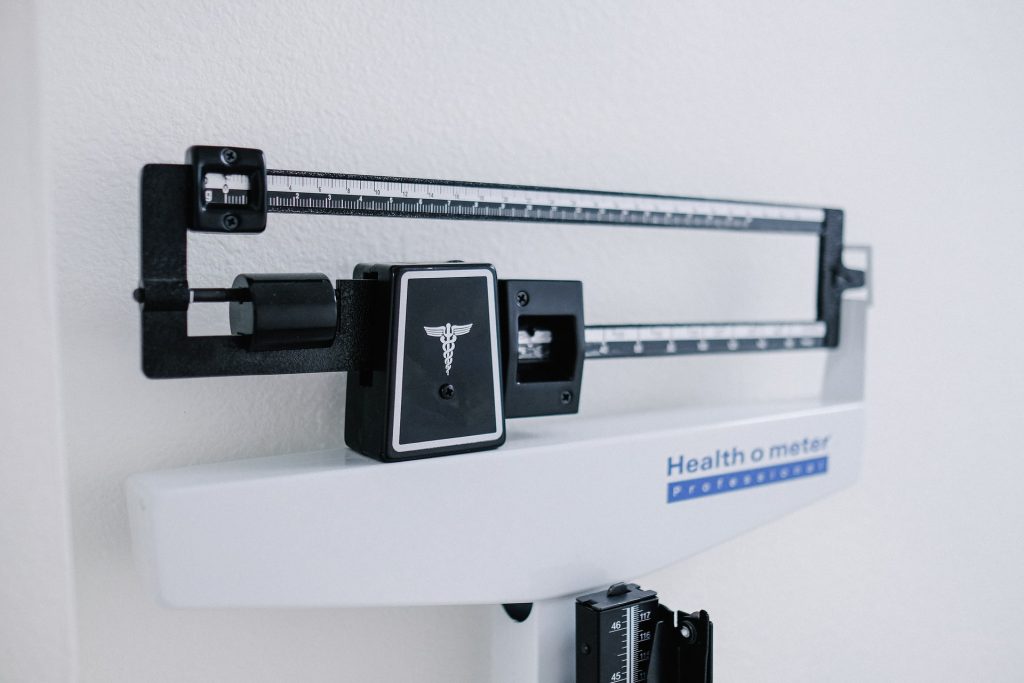Head Injuries Widespread Among Female Prisoners

New research has found that 78% of women prisoners in Scotland have a history of significant head injury – most of which occurred in the context of years of domestic abuse.
The University of Glasgow-led study also found 66% of women prisoners had suffered repeat head injuries for many years. The majority of the study participants were from the most deprived 20% of the population. One US study of male prisoners found 63.7% of at least one traumatic brain injury, and 32.5% had experienced multiple such injuries.
Of those with a history of head injury, the most common cause (89%) of repeat head injury was domestic violence. Only five women had experienced a single incident of moderate-severe head injury. Of those with a history of significant head injury, a first head injury before the age of 15 was reported by 69% of women.
For the study, researchers interviewed around a quarter of women in Scottish prisons, 109 women in total, between 2018 and 2019. They were assessed for a history of head injury, including its causes, a history of abuse, as well as for disability and mental and physical health conditions.
Of the 78% with a history of significant head injury, 40% also had an associated disability. Previous research has reported that many women in prison have a history of head injury, but none looked at disability.
Those with a history of significant head injury were three times more likely to have violent criminal behaviour, and also spent three times longer in prison.
Nearly all participants (95%) reported a history of abuse, with over half reporting sexual abuse in childhood and 46% reporting sexual abuse in adulthood. Physical abuse in childhood was reported by 39%, while 81% of participants reported physical abuse in adulthood.
Alcohol or drug misuse history was common, with substantially higher rates in the group who reported significant head injuries. Almost all, 92%, complained of mental health difficulties, with anxiety and depression the most commonly reported. Although the participants had 12 years of education on average, schooling was often disrupted by exclusion or truanting and many required special schooling or support.
Professor Tom McMillan, Professor of Clinical Neuropsychology at the University of Glasgow and lead author of the study, said: “It is already recognised that women in prison are vulnerable because of histories of abuse and substance misuse. However, this research shows that a history of significant head injury is also a vulnerability and needs to be included when considering mental health needs and in developing criminal justice policy given the relationships with associated disabilities, abuse and violent crime’’.
“Our findings suggest that interventions to reduce mental health morbidity, and assessment and management of risk of violent offending should include history of significant head injury. There is a need to recognise these vulnerabilities at an early stage, including at the first contact with the criminal justice system, to assess these women and provide long term support.”
Common persistent effects of significant head injury include impairments in information processing and emotional changes associated with impulsivity, irritability and egocentricity. These effects can impair judgement and self-control, increase the risk of offending. Significant head injury can also impair the maturation of the developing brain if occurring before adulthood.
The characteristics of significant head injury in women in prison differ from women with significant head injury in the general population. Domestic violence was the most common cause of these injuries in women in prison, whereas in the general population falls are most common. In addition head injury occurred repeatedly in around two-thirds of women in prison with significant head injury, whereas single incident head injury from an accident is more common in the general population.
Source: University of Glasgow
Journal information: Tom M McMillan et al. Associations between significant head injury and persisting disability and violent crime in women in prison in Scotland, UK: a cross-sectional study, The Lancet Psychiatry (2021). DOI: 10.1016/S2215-0366(21)00082-1






